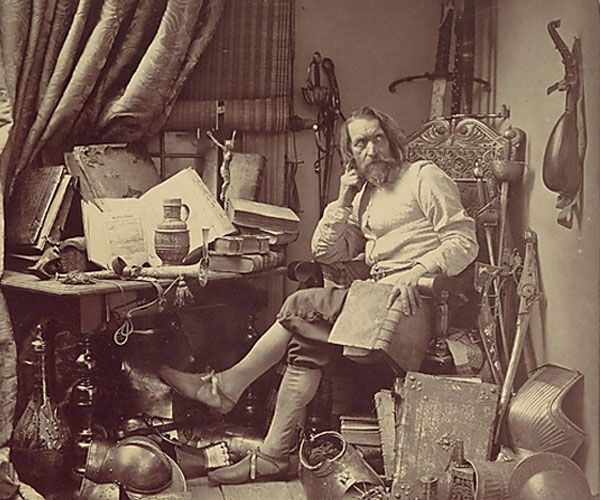
Figure 1 – Don Quixote in his Study, 1857, by Julia Margaret Cameron and in the public domain in the United States because of its age.
There is a prologue to the musical “Man of La Mancha” and then Cervantes grabs us with the words:
“May I set the stage? I shall impersonate a man.
Come, enter into my imagination and see him!“
And there he is in Figure 1. There is Don Quixote in his study as Imagined by Julia Margaret Cameron (1815-1879) in her 1857 photograph.
So fast forward, for several weeks I had been anticipating last Monday’s release of the movie “Jurassic World.” It became available for rental and on Saturday I found time to watch it. The movie begins with images of the imaginary theme park Jurassic World and at about the moment of the attack of the pterodactyls I became struck by how real the images seemed. See for instance the mosasaurus eating a pterodactyl and like me forget everything that you know about these soaring reptiles and their precarious flight. These scenes seemed, indeed were, photographs of what previously existed only in the mind. That is the beauty of modern digital photograph and its cousin digital video.
From the very beginning the word photograph carried with it a sense of authenticity. Of course that was misplaced, but it was there. And the very roots of photography in classic art meant that early photographers sought to imitate painting and so photographed the religious, the mythic, and the literary. Julia Margaret Cameron was a major practitioner of this art and her legacy is followed by the magic mysticism of modern day photographers like Beth Moon.
Recently I have been struck by what is called “Fantasy Photography,” which is not to be confused with boudoir photography. In fantasy photography the photographed person is integrated seamlessly into an other world, and you cannot quite be sure if you are really looking at a portrait reworked or a totally manufactured and created person and scene. It marvelously extends the possibilities and stretches the limits of the photograph. There is a wonderful series of fantasy photographs by photographer Annie Leibovitz where she transforms celebrities into well known Disney Characters. And one of my favorites is Kristy Mitchell’s “Wonderland.” This typifies the marvelous transcendence of the genre into the magical, into the mythic. We seem to be looking at photograph of Mallory’s “Nimue, the Lady of the Lake.” It conjures up Edward Burnes-Jones’ The Beguiling of Merlin (1872-1877). You may recognize his model, Jane Morris, from a previous blog. But as beautiful as the painting is, Ms. Mitchell’s image is so much more. It is a photograph, and photographs have an implied truth. It is as if the photographer transcended reality and entered the realm of Mallory’s mind.
